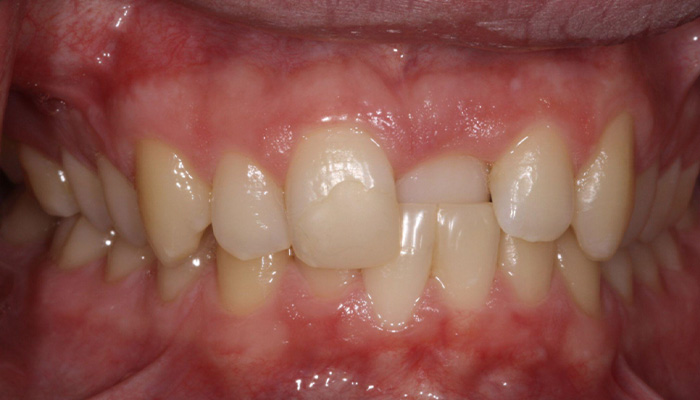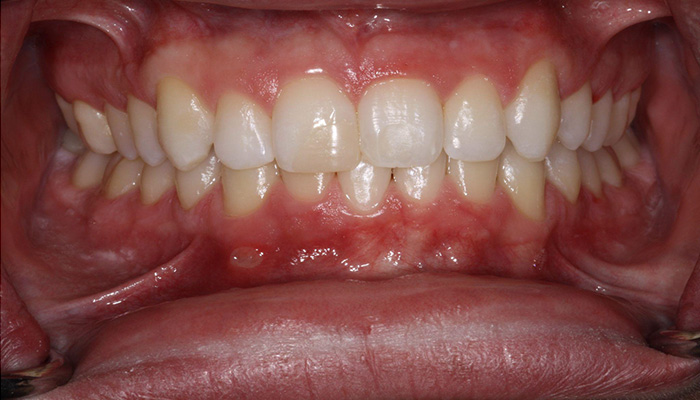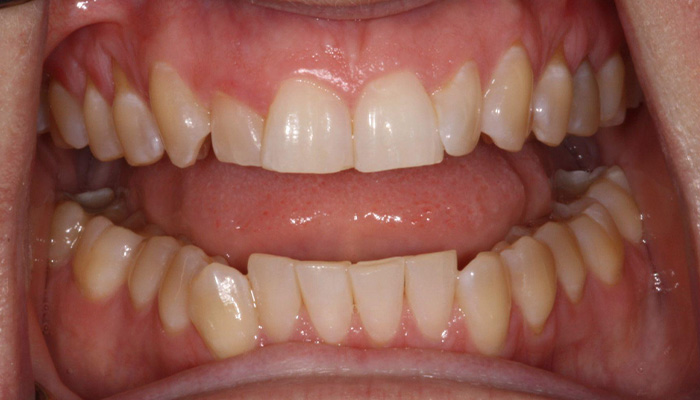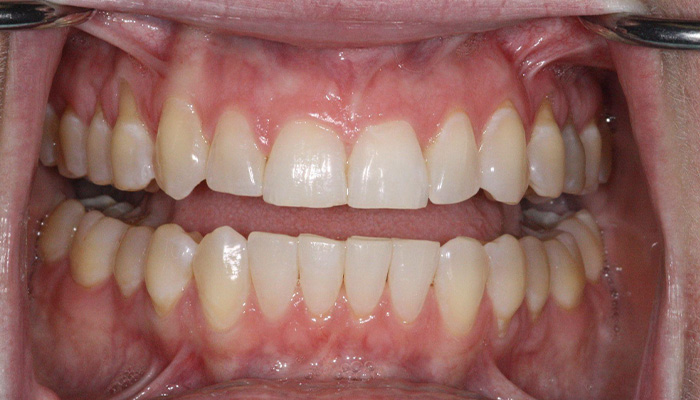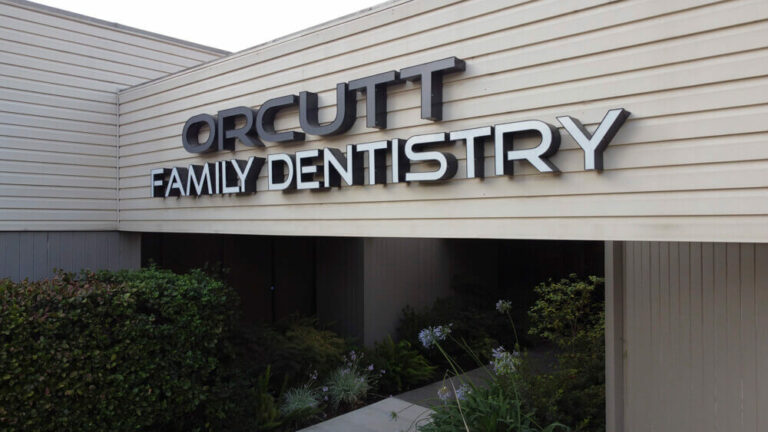Invisalign®
Invisalign® clear aligners prove that effective orthodontic treatment doesn’t have to be difficult. These ingenious appliances have helped millions straighten their teeth and achieve better-looking smiles, and they can help you too.
Invisalign® in Fair Oaks, CA
Invisalign® aligners are an effective and discreet orthodontic treatment option that are worn comfortably over your teeth to continuously adjust alignment and spacing.
Crafted specifically for your smile, Invisalign® aligners are made using precise models of your current teeth and your desired outcome. Every two weeks, you’ll switch to a new set of aligners, each one subtly shifting your teeth closer to their ideal positions. This process typically takes between 20 and 40 weeks, though the journey may be slightly longer for complex cases.
You remove the Invisalign® aligners for eating, drinking, and cleaning only. At first, they will feel very tight, but they will begin to loosen and feel more comfortable after a few days.
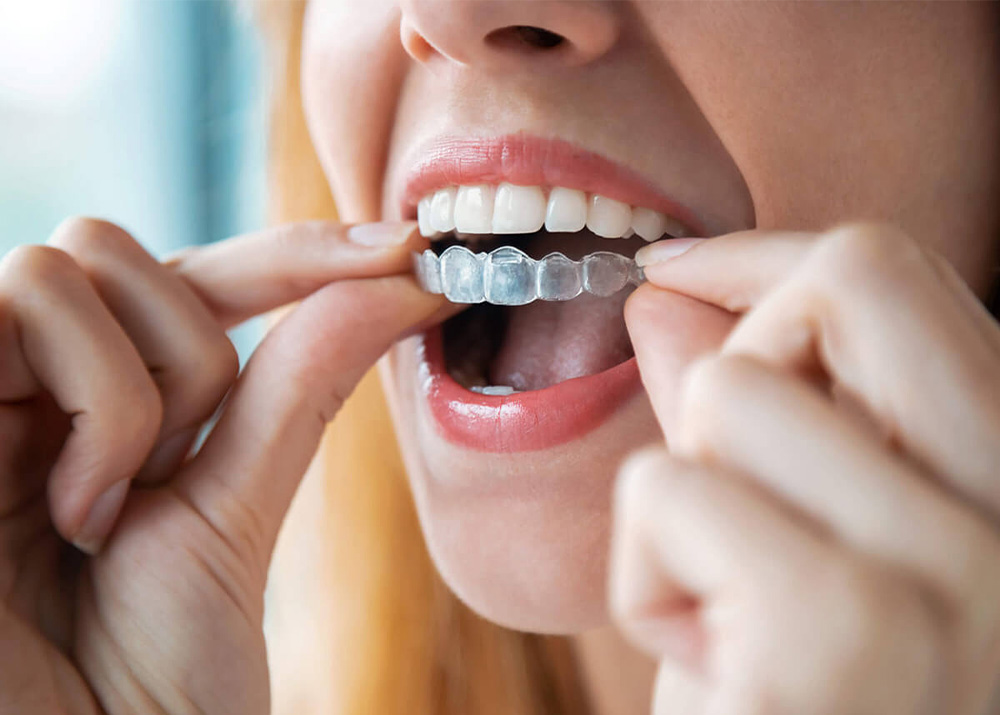
Invisalign® in Fair Oaks, CA provided by Dr. Brian Orcutt

Dr. Brian Orcutt
DDS
Dr. Orcutt is passionate about helping his patients achieve their dental health goals, promoting overall health, and watching their cosmetic dreams come true. Patients often comment that Dr. Orcutt is genuinely kind, funny, warm-hearted and friendly, and always makes them feel comfortable.
Orcutt Family Dentistry's Invisalign® Process
1. Consultation
During your initial consultation at Orcutt Family Dentistry, Dr. Orcutt will assess your oral health and discuss your specific goals for your smile.
2. Digital Impressions
We use advanced digital scanning technology to create a precise 3D image of your teeth instead of traditional molds. This digital model serves as the foundation for the customized Invisalign® treatment plan.
3. Treatment Plan Design
Using the digital impressions, we will collaborate with Invisalign® to create a tailored treatment plan. This plan outlines the gradual movement of the teeth and provides a preview of the expected results. Treatment plans typically take six months to a year and a half.
4. Custom Aligners
Based on the treatment plan, a series of custom-made, clear plastic aligners are crafted. Each aligner is designed to be worn for about two weeks before progressing to the next one, gradually shifting the teeth into the desired position.
5. Wearing the Aligners
You will wear the Invisalign® aligners for at least 22 hours a day, removing them only for eating, drinking, and oral hygiene. With Invisalign®, you must brush your aligners like you would brush your teeth, and we suggest you use a jewelry cleaner (Using sonic vibrations and a cleaning tab) to give them that extra little clean.
6. Regular Check-ups
Throughout the treatment, you will visit Orcutt Family Dentistry every five to six weeks to ensure that the teeth are progressing as planned. Adjustments to the treatment plan can be made if necessary.
7. Completion
Once the entire series of aligners has been worn, the teeth should have reached their final, corrected positions. Dr. Orcutt will evaluate the results and may recommend additional measures, such as retainers, to maintain the new alignment. Dr. Orcutt performs a digital equillibration when a patient is at the end of their treatment. This helps to ensure healthy teeth that are much less likely to crack and get gum disease.
Cost of Invisalign®
We aim to provide high-quality dental care that’s affordable for our patients in Fair Oaks, CA and the surrounding area. Invisalign® cost varies based on the length of treatment. Out of pocket cost for any procedure depends on your insurance coverage at the time of the procedure.
- $3,500 – $5,500
Please note that the price of each procedure could vary from these numbers depending on the need–every patient and every case is different.
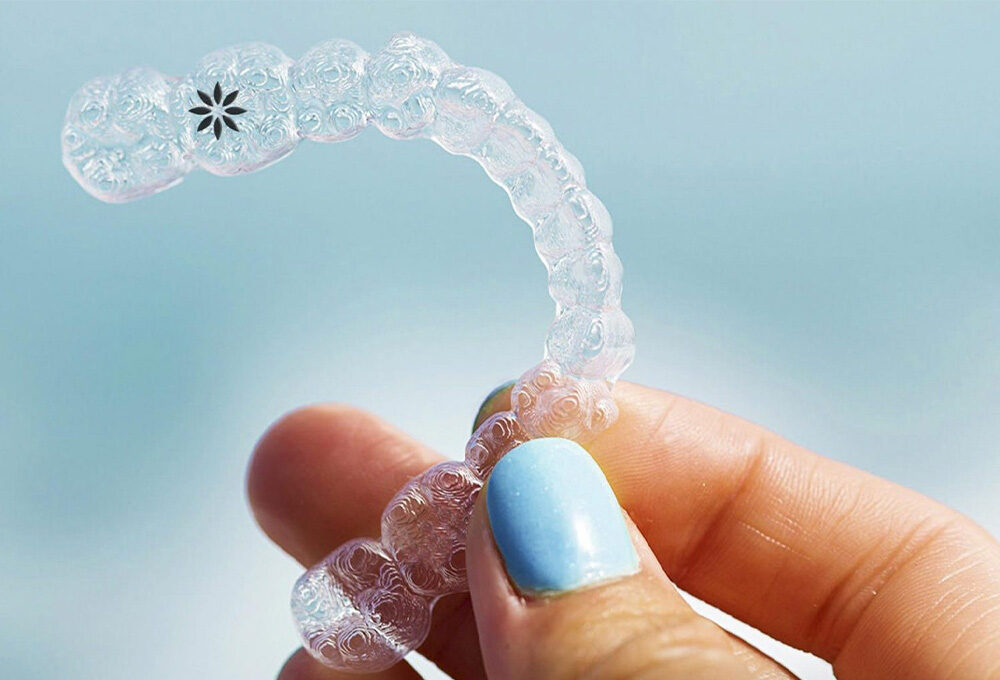
Related Treatment: Teeth Whitening
After a completed Invisalign® process, your aligners can be used as teeth whitening trays and you will receive free teeth whitening gel. Teeth whitening gel not only whitens the teeth, but also kills the bacteria that cause gingivitis.
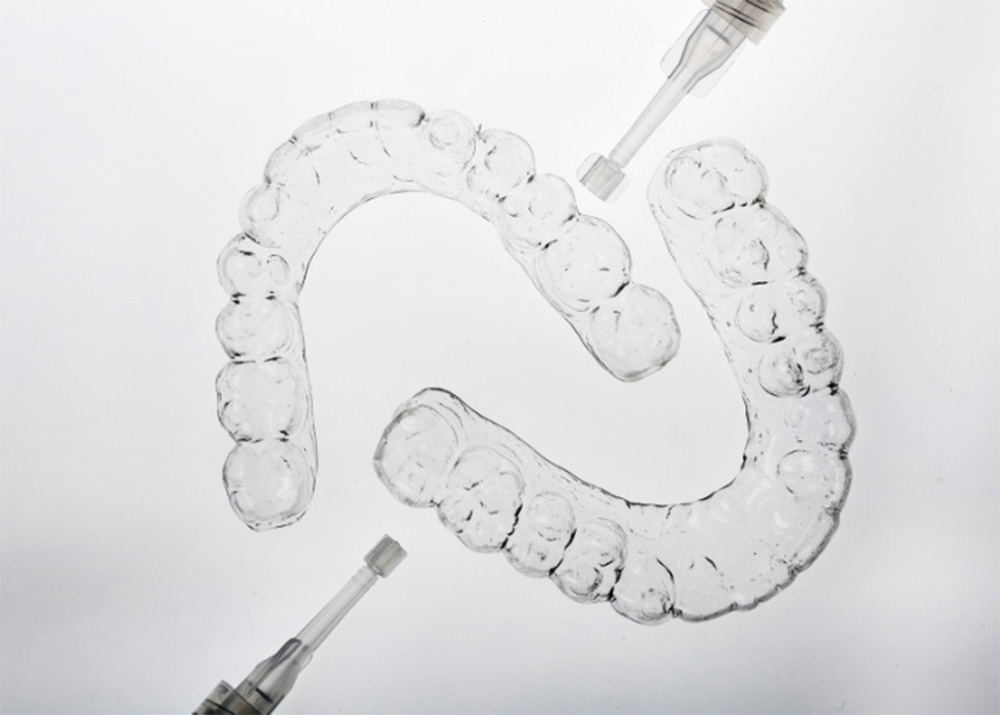
-
What are the advantages of Invisalign®?
Most people are excellent candidates for Invisalign® clear aligners. However, clear aligners may not be a suitable choice for extensive orthodontic cases involving significant movement. Some may also choose fixed braces because there are no trays to lose.
Invisalign® is a great option for:
- Straightening your teeth without braces that others can see
- Eating foods that are “off-limits” with traditional braces
- Easily cleaning and brushing your teeth
-
Who can use Invisalign®?
Most teens and adult patients requiring mild to moderate orthodontic corrections can use Invisalign®. This includes patients with teeth that are crooked and misaligned or teeth that feature noticeable spacing problems. Invisalign® can even help patients with minor bite issues—however, not all orthodontic issues can be treated with Invisalign®. More extensive problems will require additional treatment.
More Questions About Invisalign®?
If you have more questions about Invisalign® or other orthodontic procedures, please contact our office and we will be happy to discuss further.
